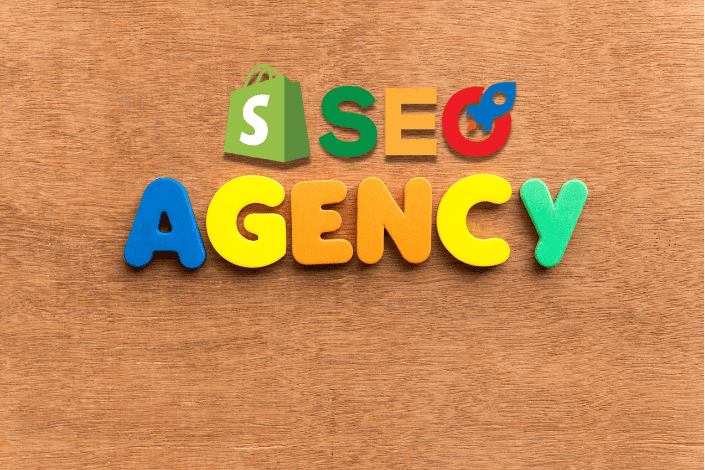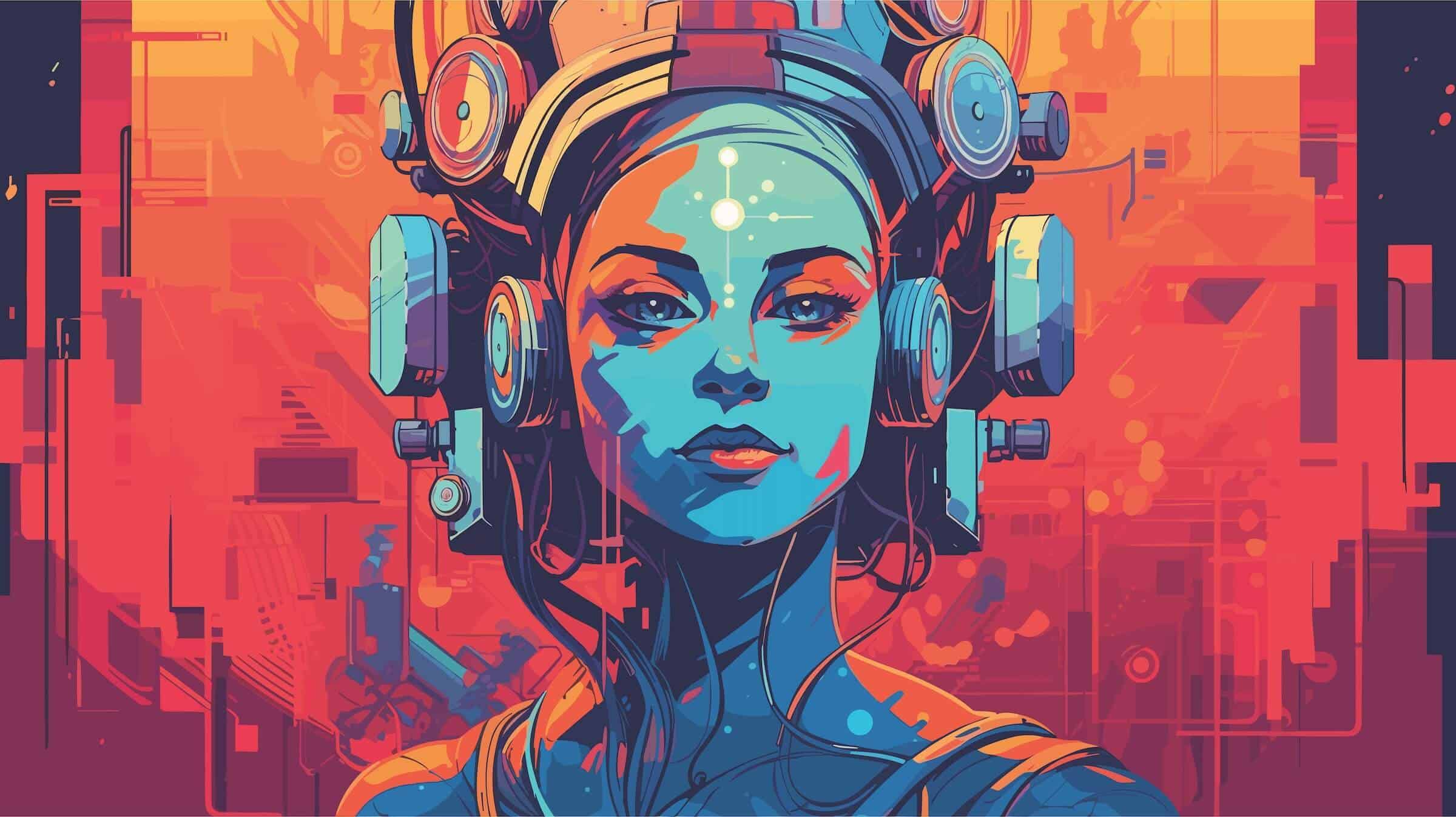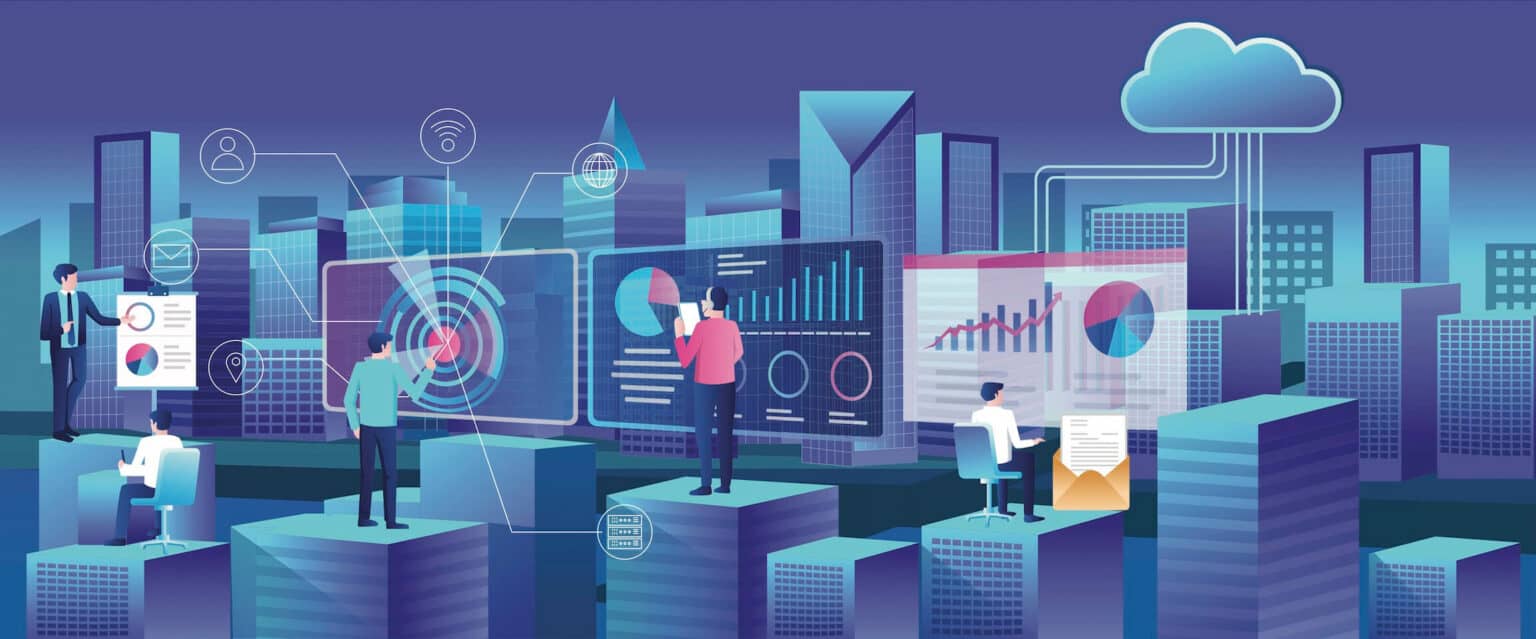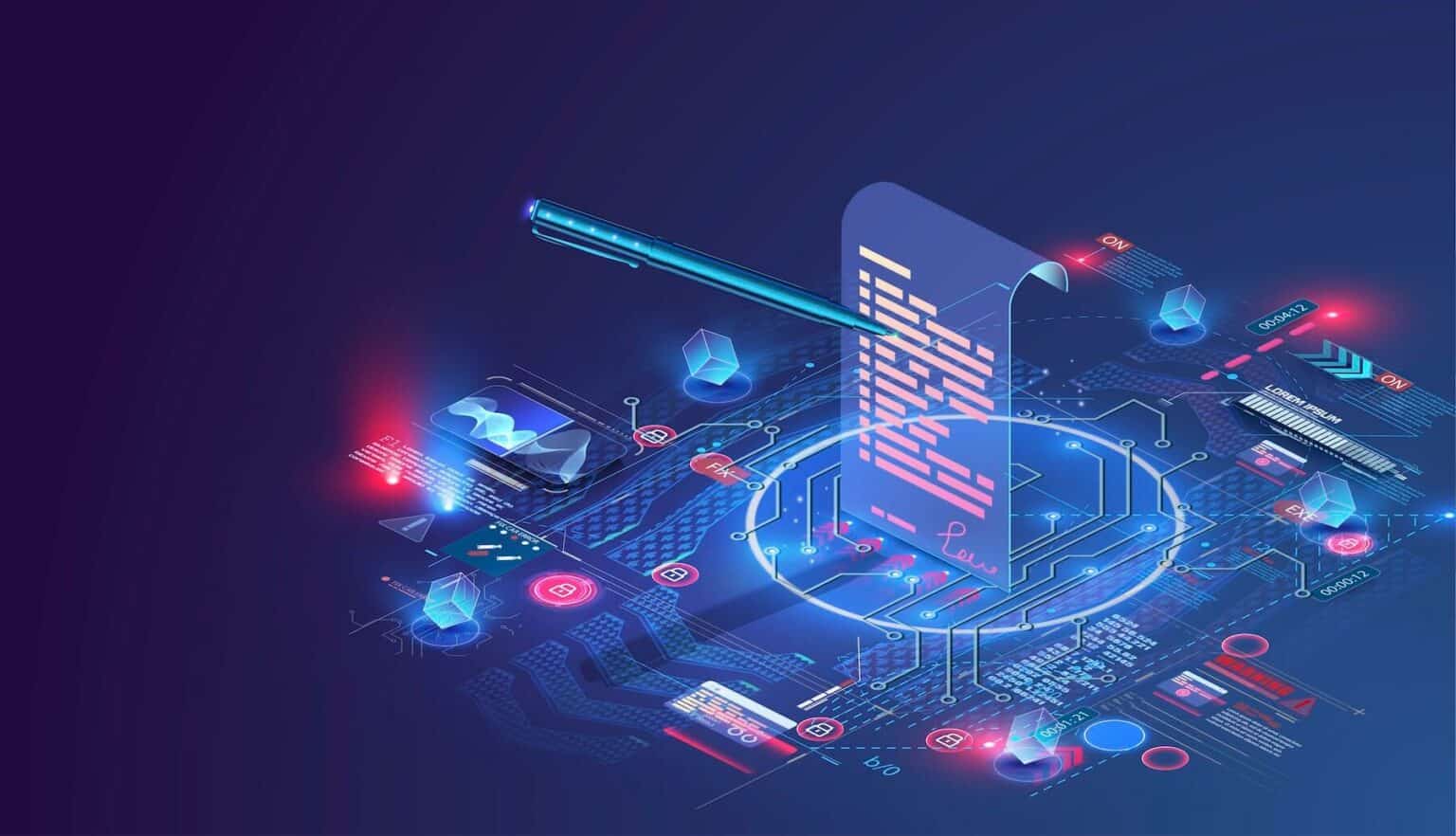Theories

AUTHOR
Hassan Bawab, CEO of Magic Logix digital marketing agency, is a leader in cutting edge technology, digital marketing consultant and an innovative speaker/writer. He is the author of “How to Work with a Digital Marketing Agency” and has written numerous articles on automation technologies that have become industry dogmas. Mr. Bawab holds degrees in Computer Science, Mathematics, Technical Writing and Marketing, in addition to several marketing and programming certifications.

Featured Post
5 Reasons Why Investing in an SEO Audit is a Smart Business Decision
Why Hire a WordPress SEO Expert & Agency?
What You Need to Know About Shopify SEO Agency
Update

Top 5 Digital Marketing Strategies for Small Business Growth
No matter what type of business you’re running, exploring digital marketing best practices can give you insights and strategies to keep it reaching higher. Ensuring

5 Reasons Why Investing in an SEO Audit is a Smart Business Decision
5 Reasons Why Investing in an SEO Audit is a Smart Business Decision Indeed, Search Engine Optimization (SEO) is the backbone of online appearance for

Why Hire a WordPress SEO Expert & Agency?
There are many low-quality and cheap WordPress SEO agencies and freelancers to choose from. However, it is important to find services that fit your needs.

What You Need to Know About Shopify SEO Agency
You can benefit from Shopify SEO agency for many reasons. Is there any reason why you don’t hire them right now? Denial about the need

Dental SEO Services – An Ultimate Guide
Want your dental practice to rank higher in search results? Keep reading because we’re exploring SEO for dentists in-depth, from its definition and benefits to

Choosing the right search engine marketing agencies
Anyone with a product they want to sell online can benefit from SEM. Plus, these campaigns are easy to target and measure. The best way

The Essential Guide to Website Maintenance Services for Optimal Performance

Detailed Guide: Using a Website Grader to check website quality
The use of website grader is popular with digital marketers and small business owners. Following front-end industry standards is one thing, but creating a well-optimized

Unlock Your Business Potential with a LinkedIn Advertising Agency
Get your business off the ground using a LinkedIn advertising agency to boost visibility and exposure. In a saturated market, nailing your LinkedIn ads could

Law Firm SEO Services: Attracting More Clients Through Digital Marketing
Boost Your Law Firm’s Online Presence with SEO

Why Your Business Needs a Technical SEO Agency: Boosting Your Online Visibility
These days the digital world is very crucial. You need to make sure you have a good footprint online to give everything your best shot.

Unlocking the Power of AI: A Game-Changer for Modern Marketers
Let’s talk about artificial intelligence – a technological advancement that’s been the front and centre of all debates in 2024. But before you’re turned off

Why Is Blogging Important For Marketing And SEO?
Did you know that 72% of internet marketers believe blogging is the most effective SEO strategy? In fact, according to OptinMonster, companies who regularly blog receive 97%

The Future Of Digital Marketing Is REAL!
Digital marketing changes so fast you can barely keep tabs on what is happening. Compared to about ten years ago, you can agree that a

How Blockchain Is Impacting Digital Marketing
Everything is becoming digital, and it is important to embrace all the positive changes. Hugely, blockchain is playing a major role in the digital marketing and advertisement

Digital Marketing Trends For 2022
What Are The Top Digital Marketing Trends For 2022 It’s no secret that digital marketing evolves and changes rapidly, but the pandemic accelerated the pace.

How To Increase Your Page Speed: Tips That Will Get You Fast Results
What Are The Most Important Elements Of A Successful Digital Marketing Campaign? Definitely Page Speed is on the list! Most probably, you will start listing

How To Use Color Psychology In Social Media Marketing
The world is full of stimuli and information and our brains are trying to make sense of it all by using all sorts of shortcuts

How AI Can Help You Elevate Your Digital Marketing
Artificial Intelligence (AI) is already reshaping most industries, such as finance, retail, and tech, and changing the way companies do business. But, can this transformation be

3 Reasons Your Social Media Traffic Is Low And What To Do About It
A lot of businesses are using social platforms as a way to reach their audience, build awareness, and generate more traffic to their websites. However,



